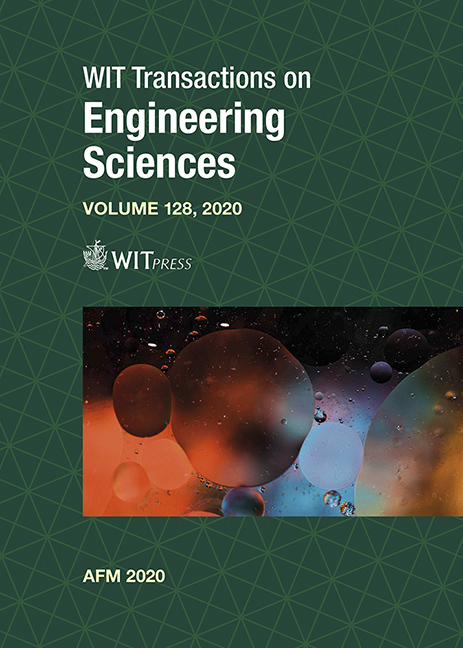EXPERIMENTAL INVESTIGATION OF SUBMERGED HORIZONTAL AIR–STEAM MIXTURE JETS INTO STAGNANT WATER
Price
Free (open access)
Transaction
Volume
128
Pages
13
Page Range
89 - 101
Published
2020
Paper DOI
10.2495/AFM200091
Copyright
WIT Press
Author(s)
YAISEL CORDOVA, YAGO RIVERA, DAVID BLANCO, CÉSAR BERNA, JOSÉ LUIS MUÑOZ-COBO, ALBERTO ESCRIVÁ
Abstract
Direct discharge of a steam into pools with subcooled water is a very efficient way to condense steam. Therefore, steam discharges have been widely applied in the industry because they allow rapid condensation of steam by offering high heat transfer and mass exchange capacity. Many experiments of submerged jets of pure steam and non-condensable gases in pools have been carried out over the last few decades, providing much information of interest, but more studies continue to obtain a wider range of information. In particular, the study of non-condensable gases/steam mixtures is of great interest for the chemical, energy and nuclear industry. Therefore, the present study aims to investigate the jet behavior through a series of experiments of air/steam mixtures discharged in a pool with stagnant water. Several tests have been performed by varying parameters, such as the nozzles diameters, mixing percentages, pressures and flow rates. In the current research, the jet behavior is investigated through direct visualization techniques by using a high-speed camera and image processing methods. The images of the jet discharge in the pool have been recorded to determine the interface between the gas mixture and the liquid. To carry out image processing, a MATLAB subroutine consisting of several steps was implemented. Experimental results showed that the nozzle diameter and the percentage of mixing play a significant role in the jet interface and jet pinch-off unsteadiness. The jet penetration length also was strongly influenced by the nozzle diameter and the mixing percentage.
Keywords
non-condensable gas, steam, direct contact condensation, jets, two-phase flow, digital image processing





